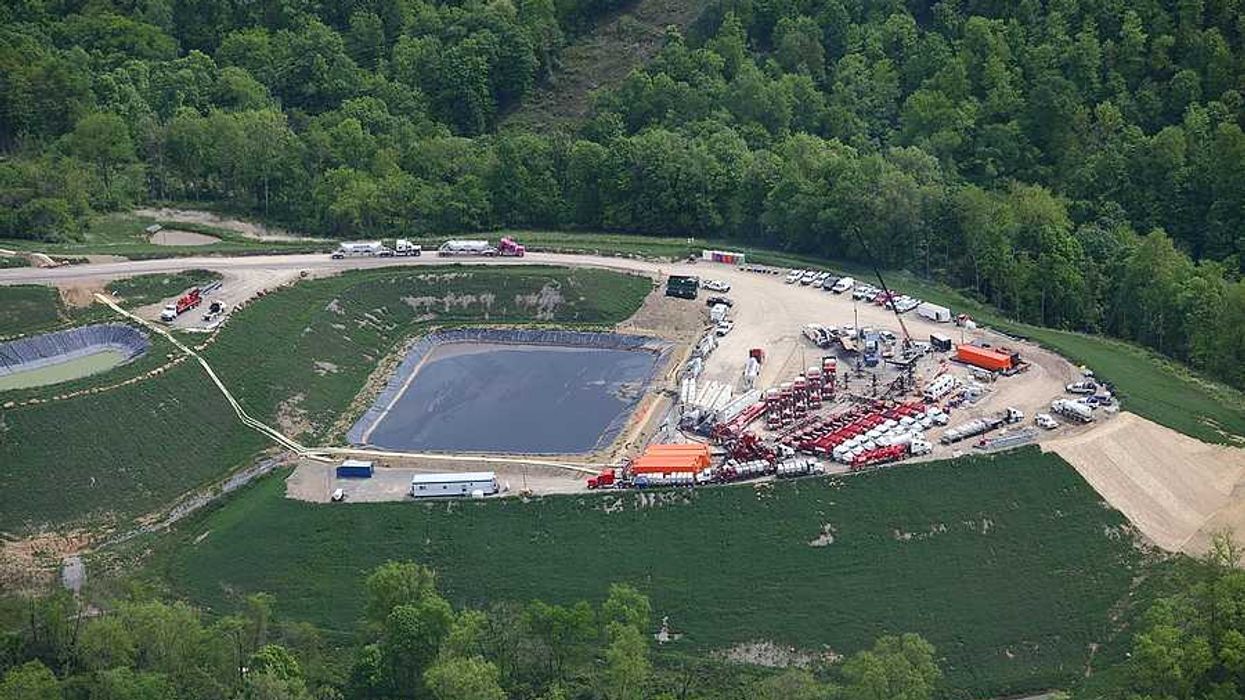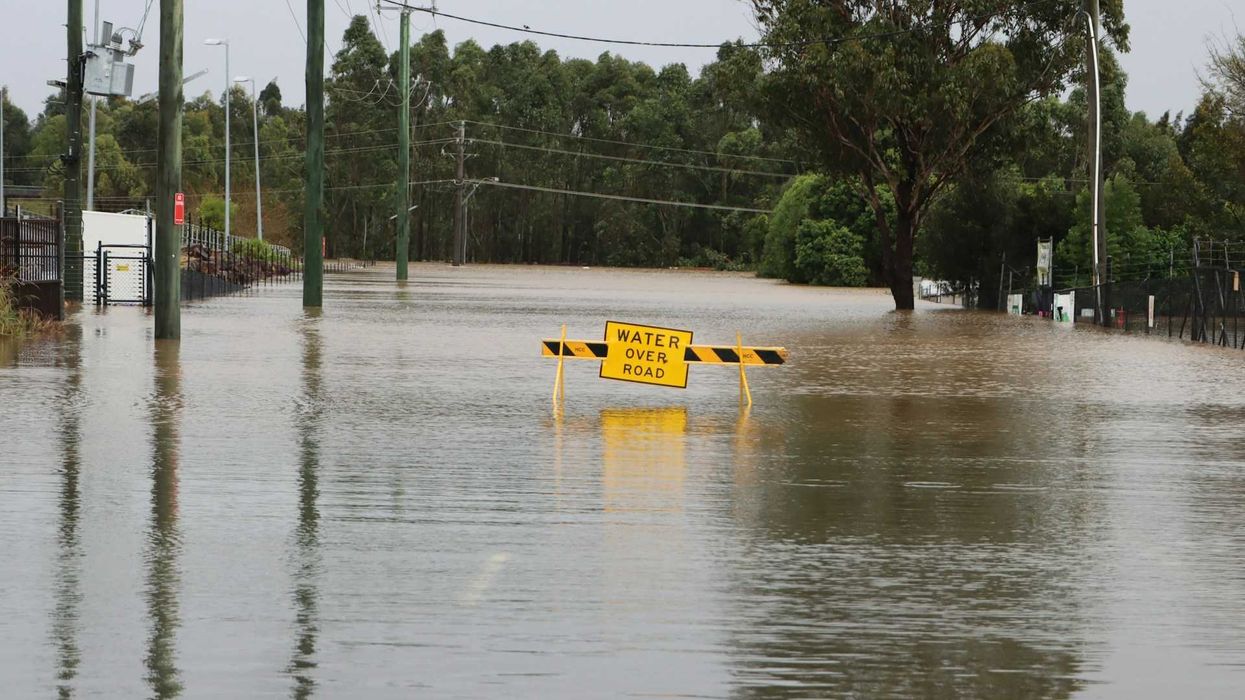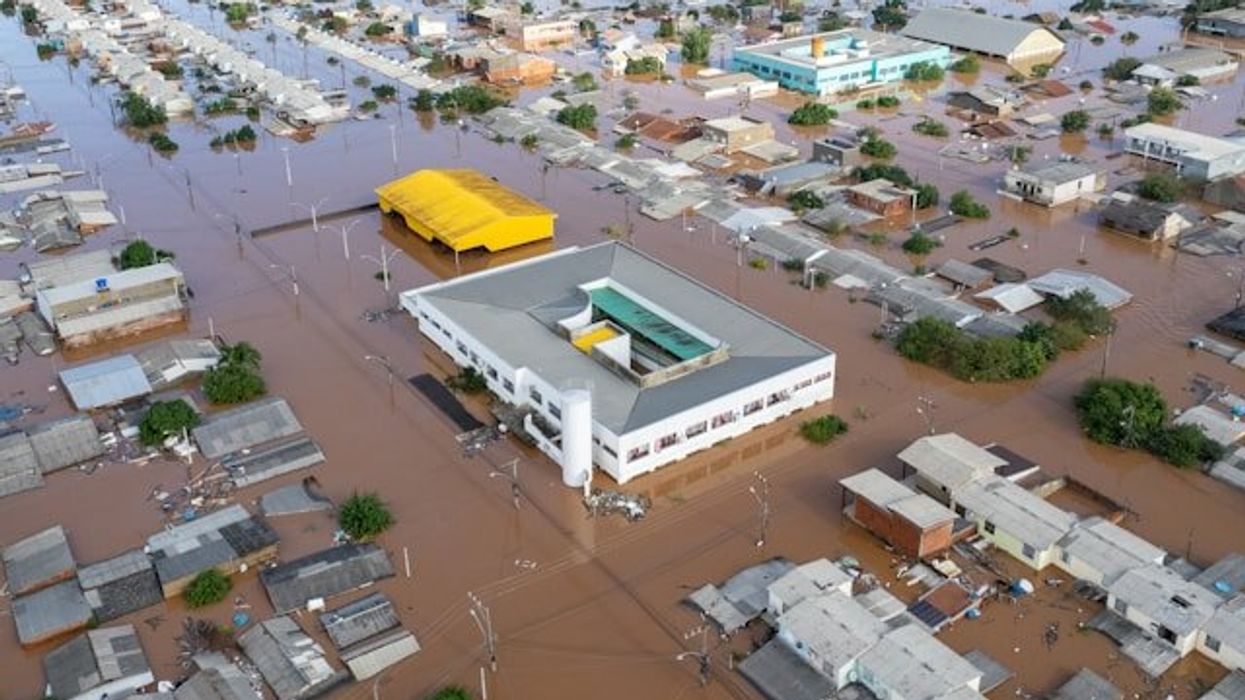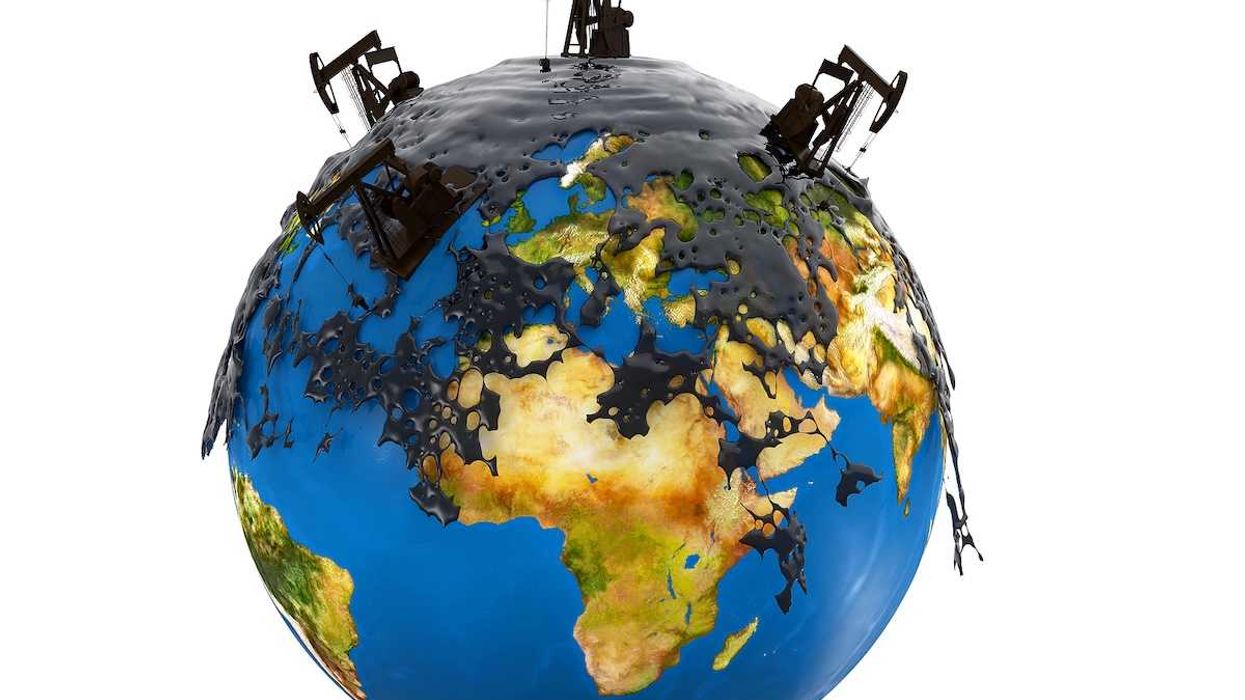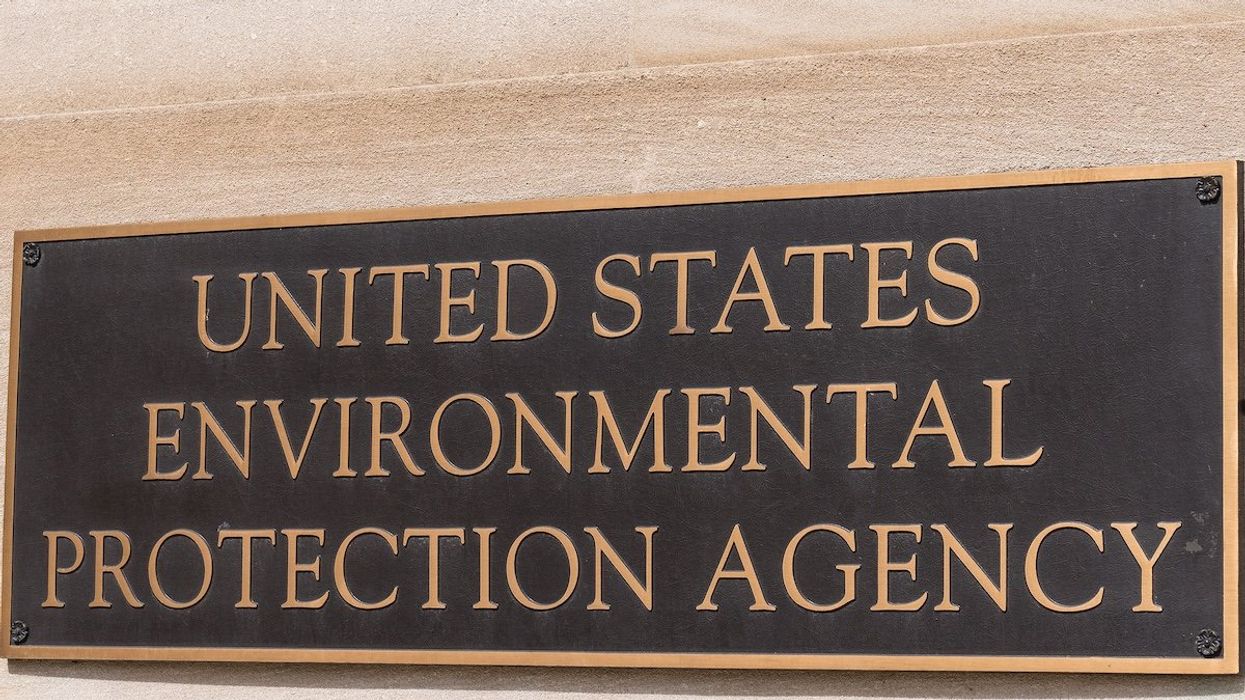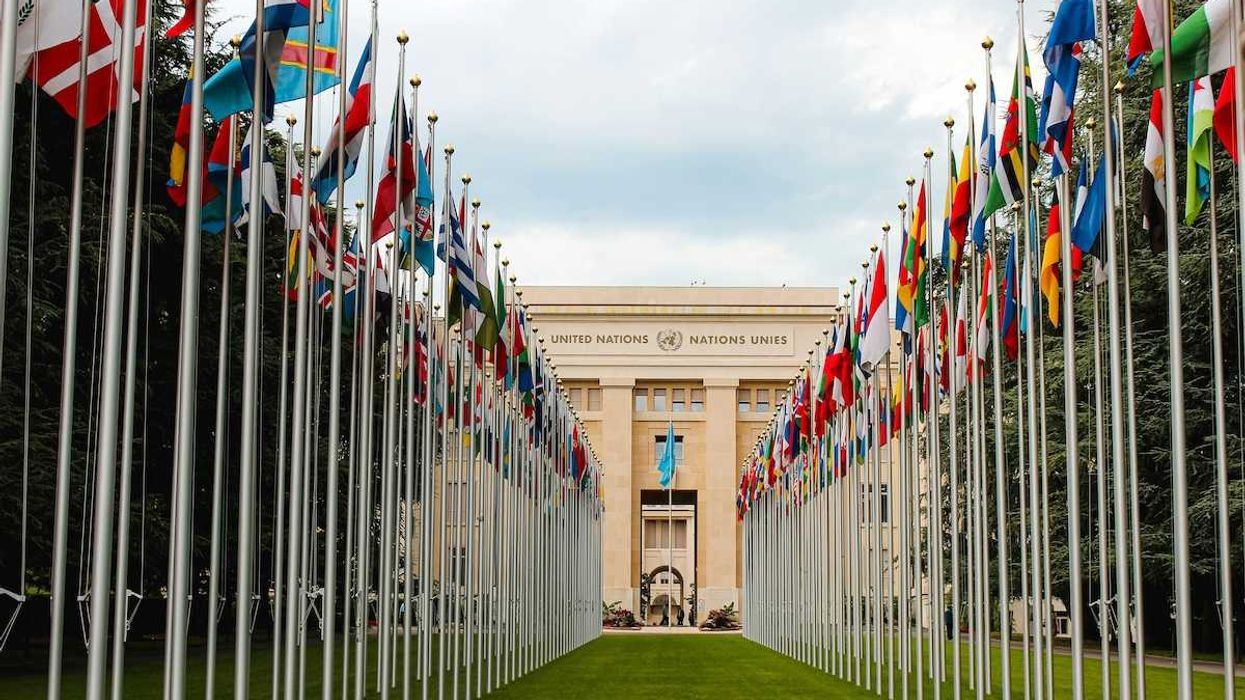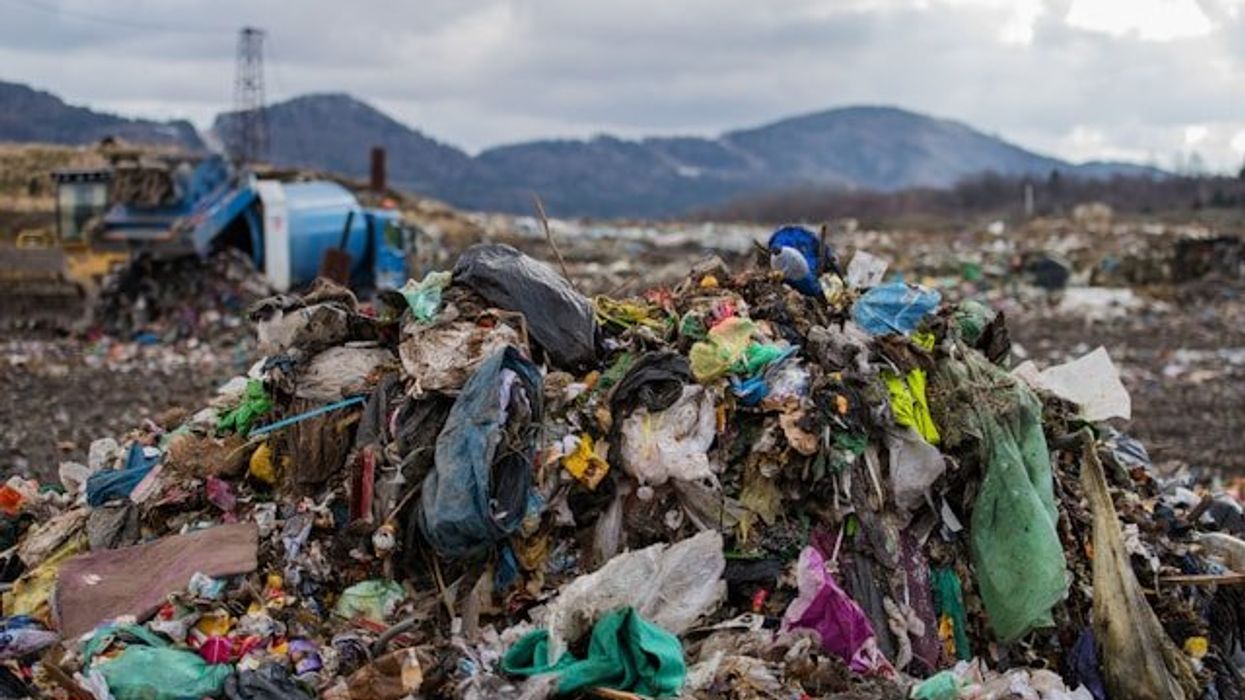New Jersey will receive as much as $450 million from 3M to settle allegations that the company polluted groundwater with toxic “forever chemicals” for decades at a major industrial site.
Hiroko Tabuchi reports for The New York Times.
In short:
- The settlement, the largest clean-water deal in New Jersey’s history, stems from contamination at the Chambers Works industrial site in Deepwater, where 3M’s PFAS chemicals were used for decades.
- PFAS, widely used in consumer goods like nonstick cookware and stain-resistant fabrics, have been linked to cancers, fertility issues, and developmental disorders.
- DuPont and Chemours, which currently owns the site, were not part of the agreement and remain defendants in ongoing litigation.
Key quote:
“For decades, 3M knew that their PFAS chemicals were forever contaminating the New Jersey environment. But they continued to pollute the environment and escape accountability. That ends now.”
— Matthew J. Platkin, New Jersey Attorney General
Why this matters:
PFAS chemicals are found in everything from waterproof clothing to food packaging, leach into soil and water, traveling far from their original sources. Studies have detected PFAS in the blood of nearly every American, and mounting evidence links them to a range of health problems, including immune dysfunction, hormonal disruption, and certain cancers. The chemicals pose a particular risk to pregnant women and children. Contamination of water supplies is especially troubling because PFAS are difficult and expensive to remove, and the costs often fall on local utilities or taxpayers. Legal settlements like this one suggest courts are increasingly willing to hold manufacturers responsible, but the full scope of environmental damage and health impact may not be known for decades.



